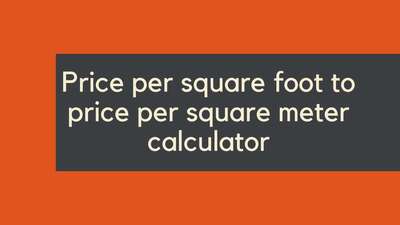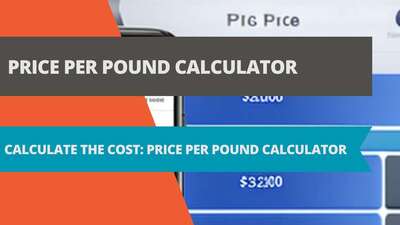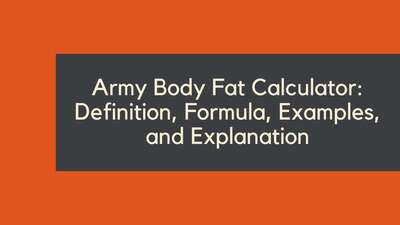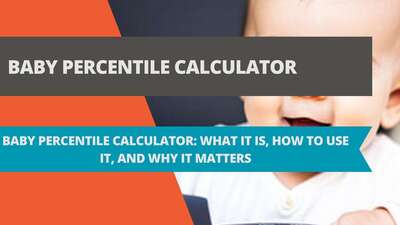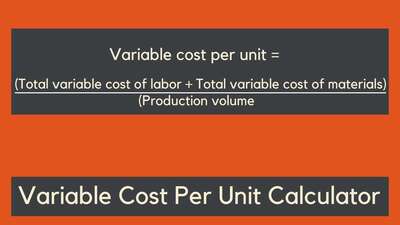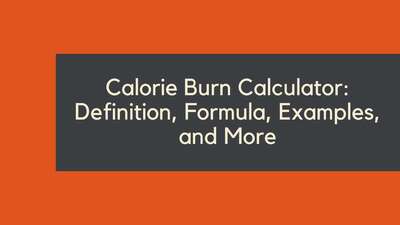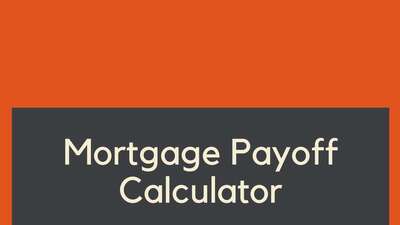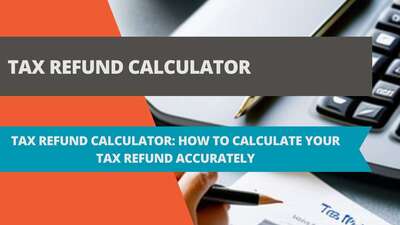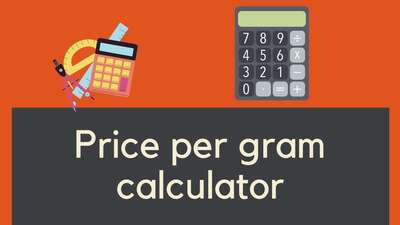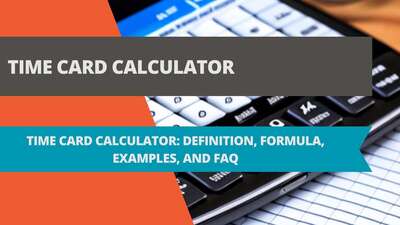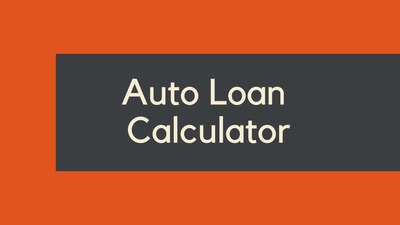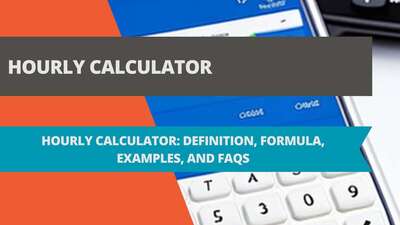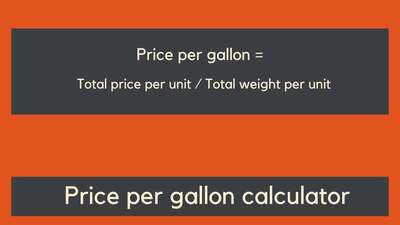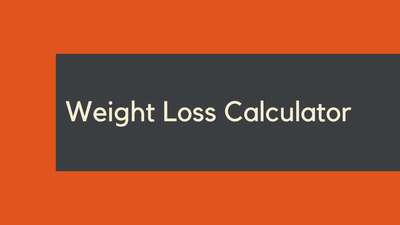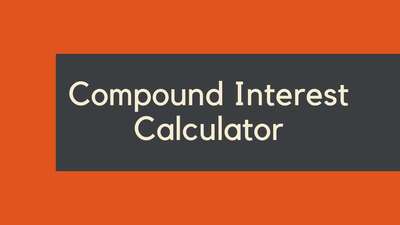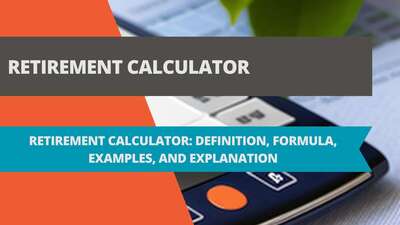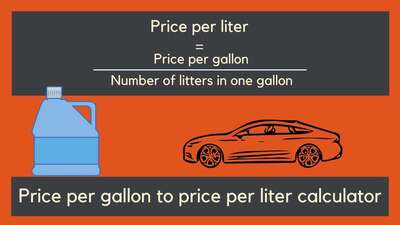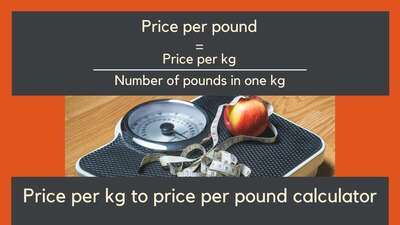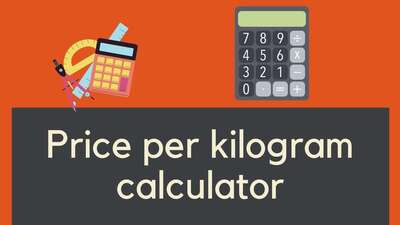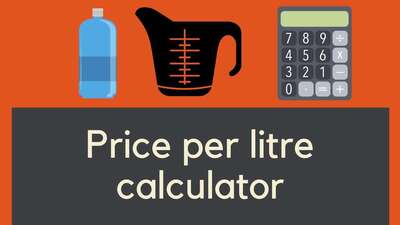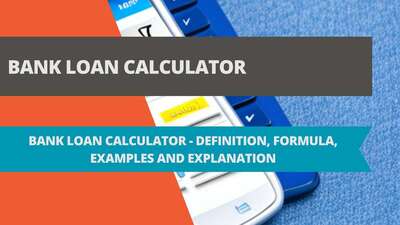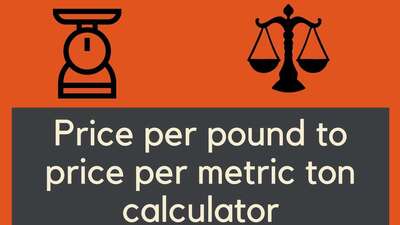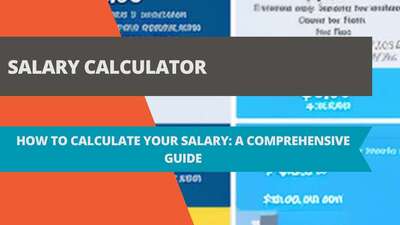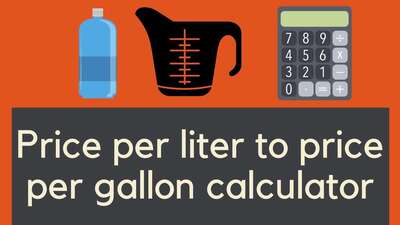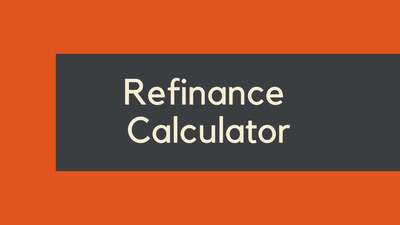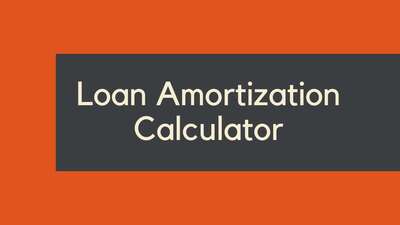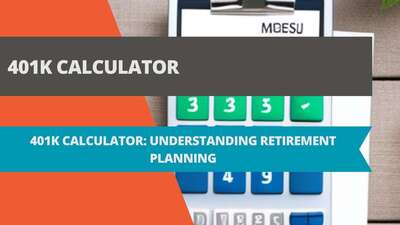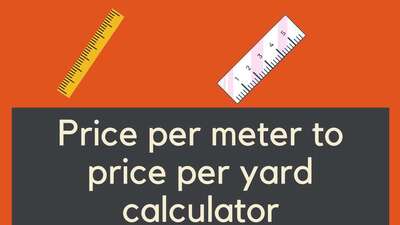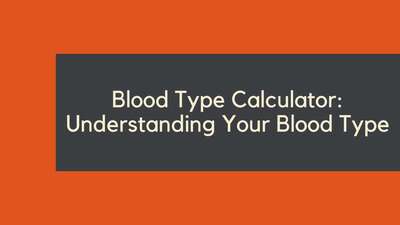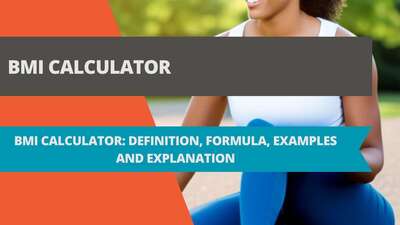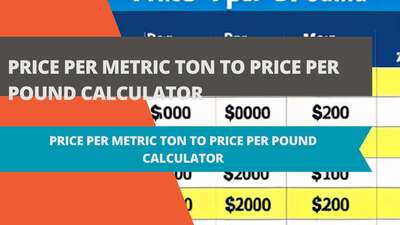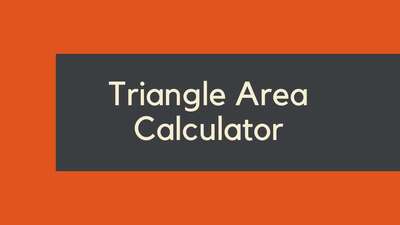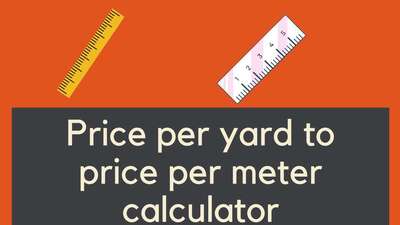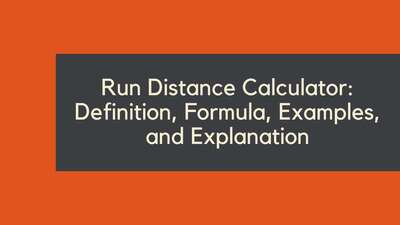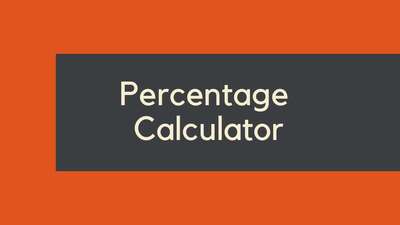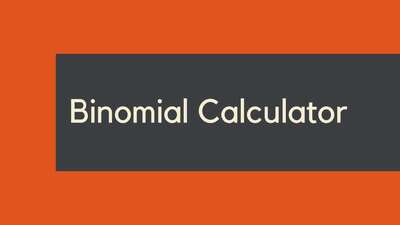CD Calculator: Definition, Formula, Examples, and FAQ
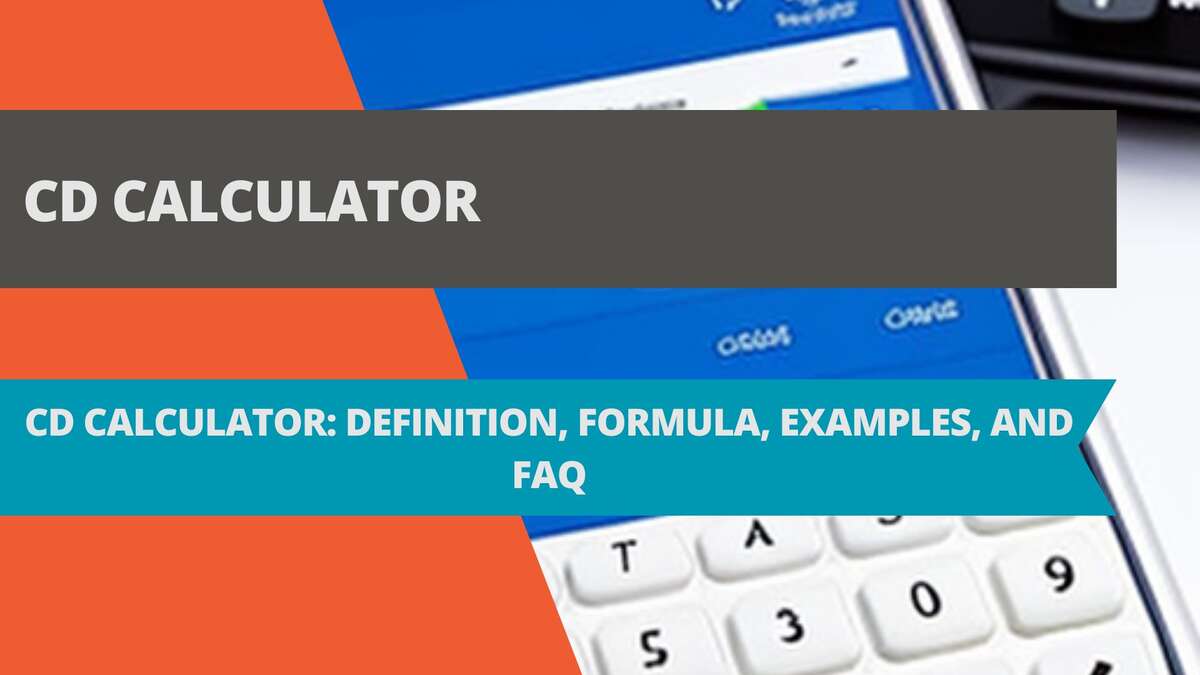
- CD Calculator Definition
- CD Calculator Formula
- CD Calculator Examples
- Example 1:
- Example 2:
- CD Calculator Explanation
- CD Calculator FAQ
- What is a CD Calculator?
- How do I use the CD Calculator?
- Are CDs a good investment option?
- What is the difference between simple interest and compounded interest on a CD?
- Can I withdraw my money from a CD before the term is up?
- What is the minimum investment for a CD?
- What happens when a CD matures?
- Conclusion
A Certificate of Deposit (CD) is a popular investment option among individuals who want to earn a fixed interest rate for a specific period of time. CDs are considered to be low-risk investments as they are insured by the Federal Deposit Insurance Corporation (FDIC). The CD Calculator is an online tool that helps individuals calculate the potential return on their investment in a CD.
CD Calculator Definition
The CD Calculator is an online tool that helps individuals calculate the potential return on their investment in a CD. It takes into account the initial investment, the interest rate, and the term of the CD to provide an estimate of the total return on investment. The CD Calculator can be used to compare the returns on different CDs and help individuals make an informed decision about where to invest their money.
CD Calculator Formula
The formula to calculate the potential return on investment using the CD Calculator is as follows:
Total Return on Investment = Initial Investment x (1 + Interest Rate / Number of Compounding Periods) ^ (Number of Compounding Periods x Term of CD in Years)
Where:
- Initial Investment is the amount of money that an individual invests in a CD.
- Interest Rate is the annual percentage rate (APR) that the CD offers.
- Number of Compounding Periods is the number of times that interest is compounded per year.
- Term of CD in Years is the length of time that the CD is held.
CD Calculator Examples
Let's look at some examples of how the CD Calculator can be used to calculate the potential return on investment:
Example 1:
An individual invests $10,000 in a CD with an interest rate of 2.5% that compounds interest quarterly. The CD has a term of 2 years. What is the potential return on investment?
Total Return on Investment = $10,000 x (1 + 0.025 / 4) ^ (4 x 2) = $10,512.44
The potential return on investment for this CD is $10,512.44.
Example 2:
An individual is comparing two CDs. The first CD has an interest rate of 2.5% that compounds interest quarterly and has a term of 2 years. The second CD has an interest rate of 3% that compounds interest annually and has a term of 2 years. The individual wants to know which CD offers a higher potential return on investment.
Using the CD Calculator:
Total Return on Investment for CD 1 = $10,000 x (1 + 0.025 / 4) ^ (4 x 2) = $10,512.44
Total Return on Investment for CD 2 = $10,000 x (1 + 0.03 / 1) ^ (1 x 2) = $10,621.00
The potential return on investment for CD 2 is higher than CD 1, so the individual should invest in CD 2.
CD Calculator Explanation
The CD Calculator is an online tool that helps individuals make informed decisions about their investment options. It takes into account various factors such as the initial investment, the interest rate, and the term of the CD to calculate the potential return on investment. This information can be used to compare different CDs and help individuals choose the one that offers the highest potential return.
The CD Calculator uses a simple formula to calculate the potential return on investment. This formula takes into account the initial investment, the interest rate, the number of compounding periods per year, and the term of the CD. The total return on investment is calculated by multiplying the initial investment by the interest rate, adding 1 to the interest rate divided by the number of compounding periods, raising the result to the power of the number of compounding periods multiplied by the term of the CD in years, and then multiplying the result by the initial investment.
Using the CD Calculator is easy. All you need to do is enter the initial investment, the interest rate, the number of compounding periods per year, and the term of the CD into the online tool. The CD Calculator will then calculate the potential return on investment for that CD. You can also compare the potential returns on different CDs by entering the information for each CD into the CD Calculator.
Overall, the CD Calculator is a useful tool for individuals who want to invest in CDs. It provides valuable information about the potential returns on different CDs and helps individuals make informed decisions about their investment options. By using the CD Calculator, individuals can maximize their returns and achieve their financial goals.
CD Calculator FAQ
What is a CD Calculator?
A CD Calculator is an online tool that helps individuals calculate the potential return on their investment in a CD. It takes into account the initial investment, the interest rate, and the term of the CD to provide an estimate of the total return on investment. The CD Calculator can be used to compare the returns on different CDs and help individuals make an informed decision about where to invest their money.
How do I use the CD Calculator?
To use the CD Calculator, you need to enter the initial investment, the interest rate, the number of compounding periods per year, and the term of the CD into the online tool. The CD Calculator will then calculate the potential return on investment for that CD. You can also compare the potential returns on different CDs by entering the information for each CD into the CD Calculator.
Are CDs a good investment option?
CDs are considered to be low-risk investments as they are insured by the Federal Deposit Insurance Corporation (FDIC). They offer a fixed interest rate for a specific period of time and are a good option for individuals who want to earn a guaranteed return on their investment. However, the returns on CDs are typically lower than other investment options such as stocks or mutual funds.
What is the difference between simple interest and compounded interest on a CD?
Simple interest on a CD is calculated based on the initial investment and the interest rate. Compounded interest on a CD is calculated based on the initial investment, the interest rate, and the number of compounding periods per year. Compounded interest can result in a higher total return on investment than simple interest, as the interest earned is added to the initial investment and earns additional interest.
Can I withdraw my money from a CD before the term is up?
Yes, you can withdraw your money from a CD before the term is up, but you may be subject to an early withdrawal penalty. This penalty varies depending on the bank and the specific CD, so it is important to read the terms and conditions before investing in a CD. If you think you may need access to your funds before the term is up, you may want to consider investing in a CD with a shorter term or a CD with no penalty for early withdrawal.
What is the minimum investment for a CD?
The minimum investment for a CD varies depending on the bank and the specific CD. Some banks may require a minimum investment of $500 or $1,000, while others may require a minimum investment of $10,000 or more. It is important to check with the bank to determine the minimum investment for a particular CD.
What happens when a CD matures?
When a CD matures, the funds are returned to the investor along with the interest earned during the term of the CD. At this point, the investor can choose to reinvest the funds in another CD or withdraw the funds. If the investor does not take any action, the bank may automatically renew the CD for another term.
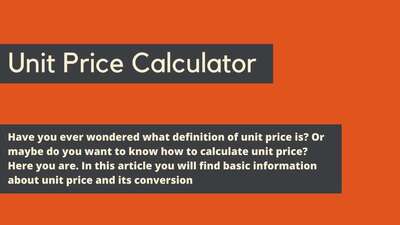
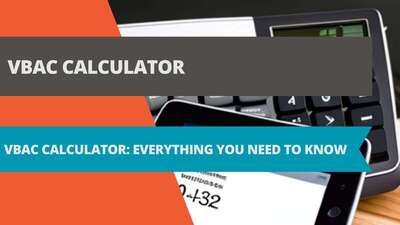

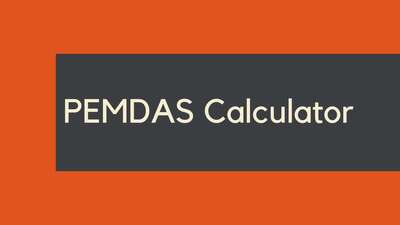

![Car Loan Calculator: Definition, Formula, Examples, and FAQs [2023 Guide]](/images/page/400/car-loan-calculator-13.jpg)
